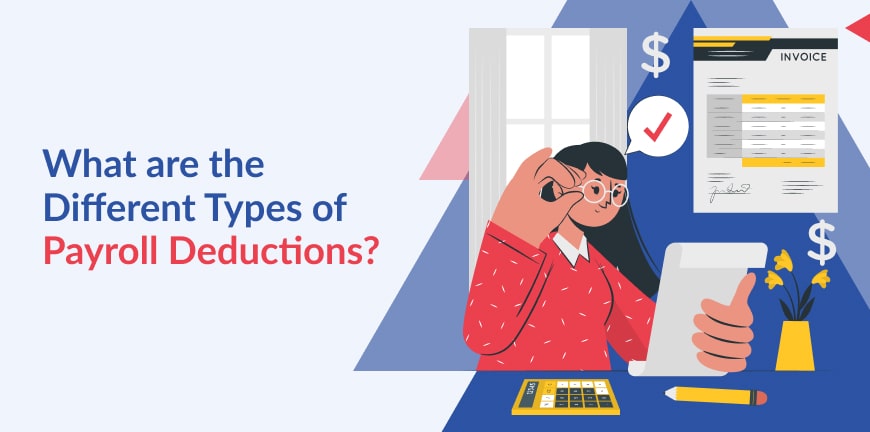
What is Virtual Staffing: Benefits and Tips
15/09/2022
Payroll Software Facilitates Growth for SMEs and Startups
01/10/2022Most organizations resort to doing payroll processing in-house, but this is changing now. With the advancement of technology, many companies have started outsourcing payroll management to external payroll solution providers that have the expertise for this. Payroll migration is the process of entirely moving one type of payroll platform or software to another payroll platform.
Payroll migration overcomes certain inefficiencies in legacy systems that hamper overall productivity. Overlooking such overheads or payroll-related issues will only be detrimental to the company in the long run, especially in case of small organizations or start-ups.
Tips to Get Started with Payroll Migration
Payroll data migration can be quite a complex process to complete, especially if it is on a global scale. However, with proper planning, the whole process can be effortless. Before you begin, ensure that you are clear about your end goals and adhere strictly to the deadlines.
Keep a payroll migration checklist ready; it is always best to aim for 3 data migration stages for payroll implementation. The test stage, the parallel run stage and the final go-live stage.
Here are some tips to get you started with the payroll migration process:
- Know the number of iterations or comparison cycles needed
- Know the payroll periods for each iteration
- For each comparison cycle, identify the legacy system and the new system
- Define and map all the payroll components between both systems
- Ensure data conversion is complete in the development environment of the new system
- Identify the right resources from the business & implementation side
- Have a payroll comparison strategy in place
Steps to Follow for Payroll Migration
Data migration is the most crucial part of any system implementation. Once you develop an understanding of preparing for a payroll data migration, the next stage would be to know all the steps involved in payroll migration. Let us look at the 4 major steps of migrating your company’s payroll system.
- Step 1: Ensure that all payroll data is up-to-date and completely accounted for. The team should also check the employee details and make sure it is consistent without any discrepancies. Such data cleansing is best handled by experienced consultants.
- Step 2: All the payroll data will be lifted from the current system and stored elsewhere using cloud-based methods. In some cases, the existing data will be left in the same format. If it is outdated the entire software and protocols can also be upgraded.
- Step 3: The third step of payroll data migration is the company revalidating the accuracy of the migrated data. Beta-testing of the new platform will be done in this step by experts along with some select employees for getting feedback. Testing is a crucial step when it comes to payroll transformation. Once the testing and management approvals are done, the new payroll system can go live. Migration is a complex process so consider that when you set the go-live date in your data migration plan.
- Step 4: Organization-wide training sessions are done to get the employees familiarized and aligned with the new payroll platform so they can use it in an effective manner.
What are the Benefits of Payroll Migration
With the right payroll migration services, your organization can easily get a hang of how to migrate payroll without stressing out about the complexities. Migrating to a cloud-based payroll system can have many benefits such as:
- Fast and easy access to accurate, well-maintained reports and data
- Better scalability and more potential for growth
- Assured data security of sensitive personal information
- Availability of data back-ups
- Reduced errors in payroll calculations
- Major reduction in operational costs
Also Read: Payroll Complete Guide
Conclusion
Payroll needs and requirements keep changing dynamically, especially in an organization poised for growth. Time is the most important resource that you can save when you opt for a comprehensive payroll data migration. The payroll data migration process usually happens at the end of a financial quarter or a financial year, according to the organization’s workload. Some companies may not have the relevant expertise to migrate payroll on their own. In such cases, the payroll migration can be outsourced to payroll providers like Alp Consulting.
With its extensive range of solutions and services, Alp Consulting can help bring about new business insights and also help you focus on the core functions of your business. Our experienced consultants will support you at every step of the payroll migration with the utmost attention to detail and accuracy level.
Frequently Asked Questions
1. What is a payroll migration?
Answer: Shifting payroll from one software or platform to another is payroll migration. Payroll data migration can be a challenging process that needs to be dealt with expertly. The first step to take this migration forward should be a proper assessment of the company’s IT strategy.
2. When is the best time to migrate payroll data?
Answer: The most effective time to migrate payroll data is the start of a new tax year. But, if this is not possible then the transition can be done anytime with the right resources to spearhead the migration, the right technology, and up to date and accurate payroll data.
3. What are some trends in payroll processing?
Answer: With the advancement in technology, payroll processinghas come a long way from what it used to be. Here are some top trends seen in payroll processing:
- Secure and hassle–free salary payments by direct bank integrations
- Automation frees up valuable time for productive tasks
- Personalized employee payroll experiences with mobile-enabled self-service systems
- Automatic compliance systems to adhere to local regulations and financial laws
- Real-time collaboration and stronger integration with other departments using cloud-based payroll systems
4. How to migrate payroll?
Answer: Here are the basic steps required for the implementation of payroll migration in your organization:
- Plan the migration process by defining the steps and setting deadlines
- Review your existing data sets and cleanse them before migration
- Conduct cloud-based lift and shift of your data from the legacy system to the new system
- Run tests on the new systems to verify data accuracy and compare with legacy system data
- Once the new system is live, conduct training sessions so employees can navigate the new system better
5. How to prepare for a payroll data migration?
Answer: To prepare for payroll data migration, you need to first have a proactive plan in place. The planning must start early for a smooth transition.
- Determine the resources that ought to be a part of the payroll migration process.
- Communicate your goals and their responsibilities clearly to stay on schedule.
- Make sure that all the existing payroll data sets are current, consistent and accurate.




